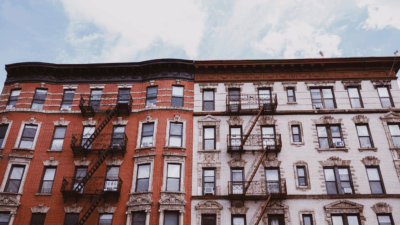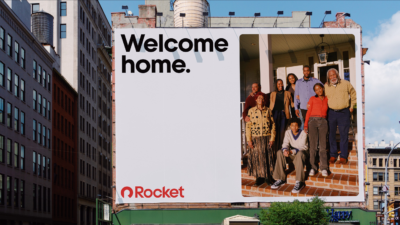
Sign up for smart news, insights, and analysis on the biggest financial stories of the day.
Climate change is making arid regions more susceptible to wildfires. Just how at risk is the average American home?
A new report from non-profit research firm First Street Foundation, published Monday, claims to mark the first major attempt to make property-level wildfire-risk scores freely available — and shows trillions of dollars worth of property value is at risk for wildfire damage in the next three decades. Time to punch in your zip code and pray that your abode abides in a climate-change goldilocks zone.
In the Line of Fire
Combining publicly available data from federal, state, and local government sources with millions of simulations of wildfire behavior and satellite imagery, First Street was able to model the degree of potential exposure for individual properties across the contiguous 48 states. The results are not all that surprising: states in the western and southwestern US will continue to face an increased risk of exposure to a wildfire.
Just in the past few years, wildfires have caused tens of billions of dollars in property damage. Climate scientists have long warned the trend will only get worse, and now First Street has provided citizens with a tool to assess just how bad the damage could be:
- Nearly 80 million US residential and commercial properties face some risk of wildfire over the next 30 years, the study reports. Using First Street’s findings, real-estate listing service Realtor.com projects $8.8 trillion in property value is at risk, representing roughly one in five single-family homes.
- One-and-a-half million properties have a 26% probability of being licked by a wildfire in the next three decades, while another 2.7 million face “severe risk,” calculated at a 14-26% probability, and 49.4 million homes have a less-than-1% chance of wildfire damage.
A Dose of Realty: Realtor.com already incorporates First Street’s flood-risk data into its home listings, and says it will now include the fire-risk data as well. The tool could become a key feature of home listing — and pricing — in the near future.











